A Tasty Alternative
The Orchard Audio PecanPi DAC/Streamer is, as one would surmise from the name, built and designed upon the Raspberry Pi architecture: A Raspberry Pi 3B and a Raspberry Pi DAC all in a neat and attractive chassis. Numerous readers and followers online have been asking me to explore such designs as this, which does not resemble a stack of components with exposed cabling and wiring holding it together and powering it up. From those choice words I was able to determine their collective desire: A digital audio combination solution that would not break the bank nor look unsightly amidst their “audiophile” gear.
Enter the PecanPi, which, though diminutive in stature, delivers the goods. And now for me to set the table for this exploratory. The PecanPi supports a host of playback solutions: Volumio, moOde Player, piCorePlayer and Roon as an endpoint. Those of you have read my work, messaged with me online, or met me in person (shudder) know that I am an unabashed proponent of Roon and Audirvana, so for the purpose of this piece I am going to focus on the PecanPi as a Roon endpoint.
Earlier this year I wrote about the Allo USBridge in Dagogo and their decision to run DietPi, a lightweight Debian Linux distribution. Orchard Audio opted to go with RoPieee, a customized OS for Roon endpoint installations. Both are workable, and as an inveterate ‘geek’ I’m just fine with DietPi’s lack of a graphical interface to make configuration adjustments. That being said, although it comes with RoPieee installed, one could, if so inclined, flash/reflash to run DietPi. The responsibility for doing so rests solely upon the user and do note that in doing so it is best to select the Raspberry Pi DAC and not the Apple PiDAC option under DietPi.
Bottom line: The Orchard PecanPi located and recognized by Roon PecanPi does not lock the user into one solution. I personally find this flexibility rather welcome as the Pi-based digital audio solution landscape can be quite fluid. Users should experiment to their hearts’ content if they see fit. Roon’s flexibility with regard to device setup will afford users the opportunity to tailor the DAC as they fit. Clicking on the gears to the right of the zone name in the graphic above opens those doors.
On the flip-side, straight out of the box and in its standard configuration, and following the supplied instructions, the installation procedure is straightforward; but do have some patience with the initial boot sequence as a generous amount of the system needs to load. Take that time to contemplate where you plan on situating the device.
Location is everything when it comes to real estate and not so much when it comes to the PecanPi — but enough to make a difference. I see the PecanPi as an Ethernet (wired) device that can be accessed by Wi-Fi enabled devices over one’s local area network (LAN). And while the Raspberry Pi board supports native Wi-Fi, running it while the Pi DAC is connected can affect the sound quality by adding noise to the mix. I’m not saying one cannot enable the Wi-Fi on board but I would strongly advise against it.
For Dagogo readers who determine the final resting place of the PecanPi to be somewhere remotely distant from an available Ethernet port, there are two workarounds, both of which require a certain degree of tech savviness.
The first solution would be to acquire what’s known as a travel router to set up a wireless bridge connected to the PecanPi, providing it an address on the network so it can be located and recognized by Roon. The second option is to use what is known as power line adapters, which make use of power outlets and the electric grid of your home to relay the signal. In this option, a set of two adapters is necessary, one plugged into the wall near your router and connected to the router via an Ethernet cable, while the other would be plugged into the wall near the PecanPi with an Ethernet cable connect the two devices.
Both of these workarounds do indeed work. I know because I have tried them. Pragmatically, once a location is found for the PecanPi in the home, that’s more than likely where it will stay. If the idea of such a device is to take it out into the field, then the wireless bridge is the way to go in order to connect to numerous networks. I have included links below to products from TP-LINK:
AC750 Wireless Travel Router – TL-WR902AC
https://www.tp-link.com/us/home-networking/wifi-router/tl-wr902ac/
AV600 Powerline Starter Kit – TL-PA4010 KIT
https://www.tp-link.com/us/service-provider/powerline-adapter/tl-pa4010-kit/
Connecting the PecanPi to one’s system could not be more straightforward. I managed to connect to all of my integrated amps: Pass Labs INT-250, Audio Note i-Zero, Parasound Halo 2.1, Bel Canto s300, and PS Audio Sprout100. The available connectors are RCA and XLR. Where possible I tried connecting via both and found little if any noticeable difference. Your mileage may vary depending upon the choice and length of interconnects (brand and type).
The power connector is 9V as indicated, that’s fairly obvious. What is less obvious — and I bring you back to the volume knob on the front (see first graphic) — is the ability to listen to music via headphones. Orchard Audio sells an optional headphone dongle which, when connected to the RCA jacks, allowed me to connect my headphones for late night use at home, in my home-office when colleagues come over, or on those occasions when I decide to take it in the field and gauge reactions from my very own band of “Baker Street Irregulars.”
Again, readers who read my reviews know that I like to put gear in context, noting several scenarios in which I would put the device in question into use. For me, the PecanPi is an ideal secondary digital audio solution; perfect for my home office (desktop) system, guest room system, country home (abroad). As I have numerous DACs at my disposal and several digital audio server solutions here, the idea of a combination Streamer/DAC does not make the most sense. However, for those whose space is limited, whose funds are limited, or who is just starting out either in digital audio or the world of Raspberry Pi devices and is looking for a neat, attractive, small footprint combo unit, the PecanPi could very well fit the bill.
At $499 it is not the least expensive solution out there. Yet, less expensive ones can be cobbled together and there is one out of the box (that I know of) that I have yet to evaluate but which pales in comparison in the looks department. So much of this is personal and subjective. The user will have to prioritize. Either way in the scheme of the Hi-Fi hobby relative to what could be spent, the price becomes less daunting.
I have been listening to the PecanPi for a solid number of weeks. I have forsaken all other players here in its favor. And the device has come through admirably, holding its own connected to various systems in various rooms. I cannot fault it as a player, as a conduit for my digital library, and for streaming Qobuz and Tidal via Roon. As for the DAC component when compared to my exaSound, MYTEK, Bel Canto and Parasound DACs, then things get less clear. The DAC would not be my first choice, but again given the appropriate scenario, needs, constraints, the PecanPi is truly a workable combo unit and it is happily ensconced in my home office.
As a good number of you know I run the weekly New Album Releases Project (TheNARP) on Facebook (https://www.facebook.com/groups/thenarp/), so I listen to tons of music each week, most of it being digital, and from that alone you can see that when exploring and evaluating gear I’m listening to music across the board. Music is far too personal for me to start enumerating tracks exemplifying a device. Such claims, on their face, are dubious.
The PecanPi has not faltered. Once on the network, it has stayed on the network. I have had no reason to reboot the device apart from evaluating and testing the workarounds I described with regard to the PecanPi’s physical location.
I would be remiss not to include a graphic of the boards themselves so readers can see the internals of the PecanPi.
The Orchard Audio PecanPi can be ordered directly from the manufacturers’ website:
https://orchardaudio.com/shop?olsPage=products . Ask for Leo.
Copy editor: Dan Rubin
- (Page 1 of 1)

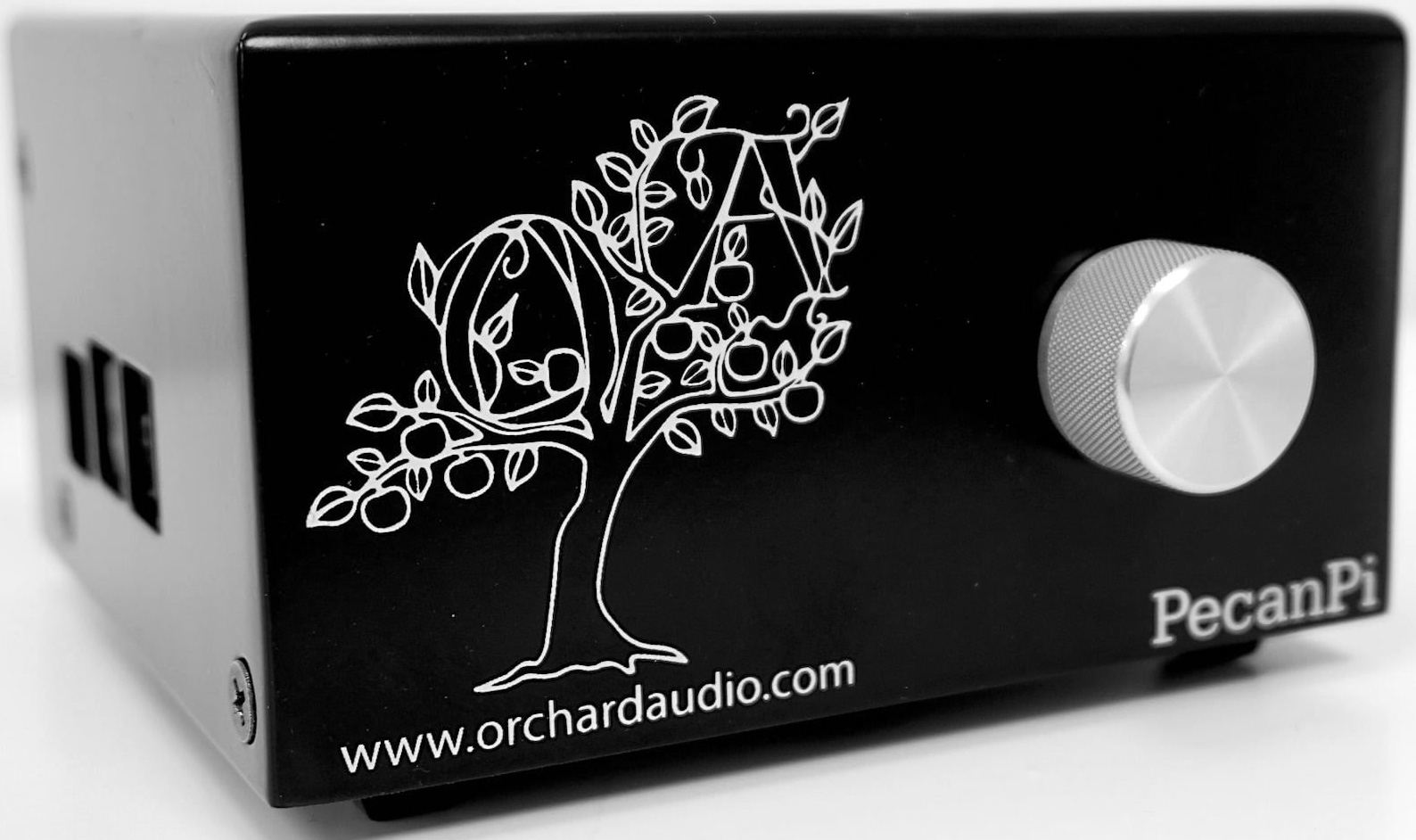



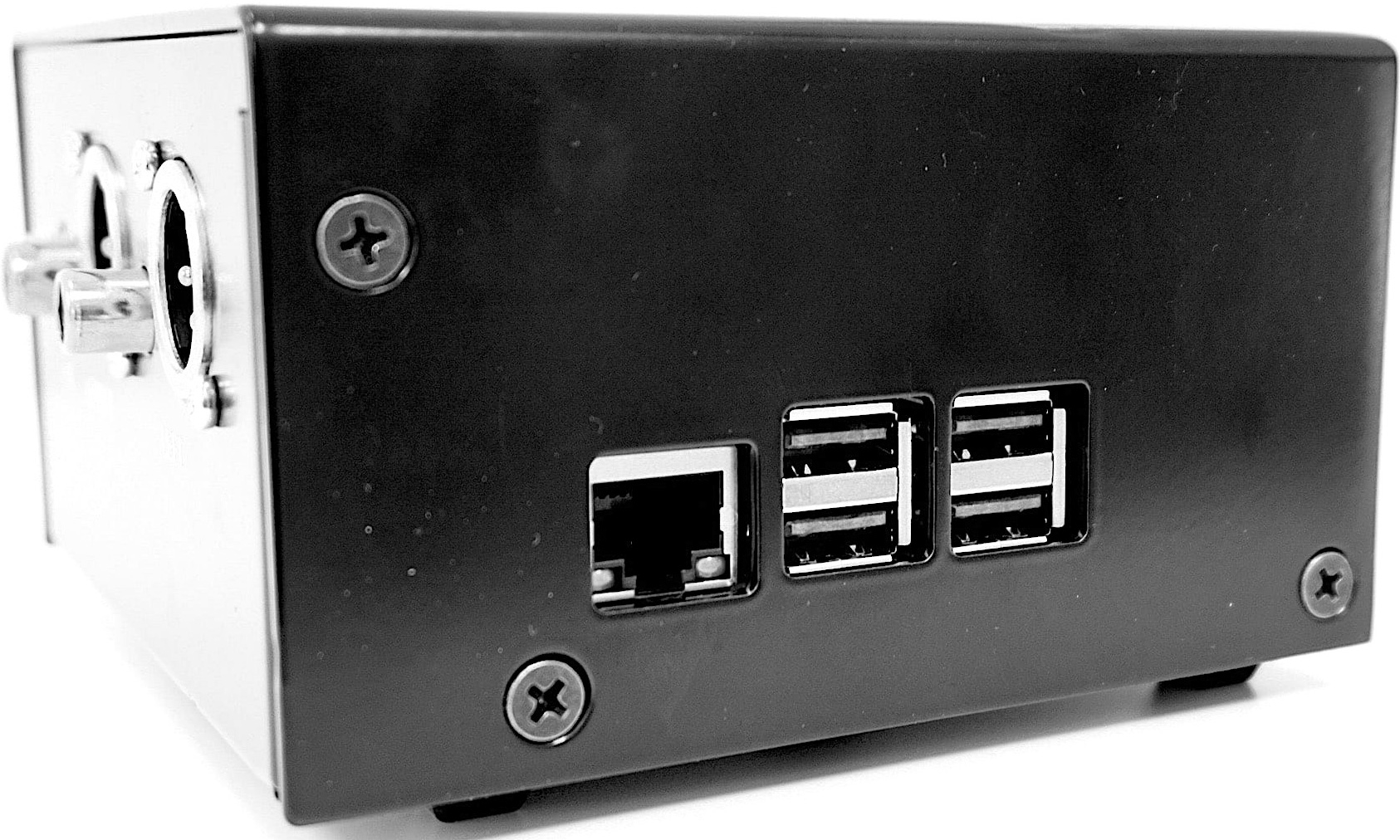

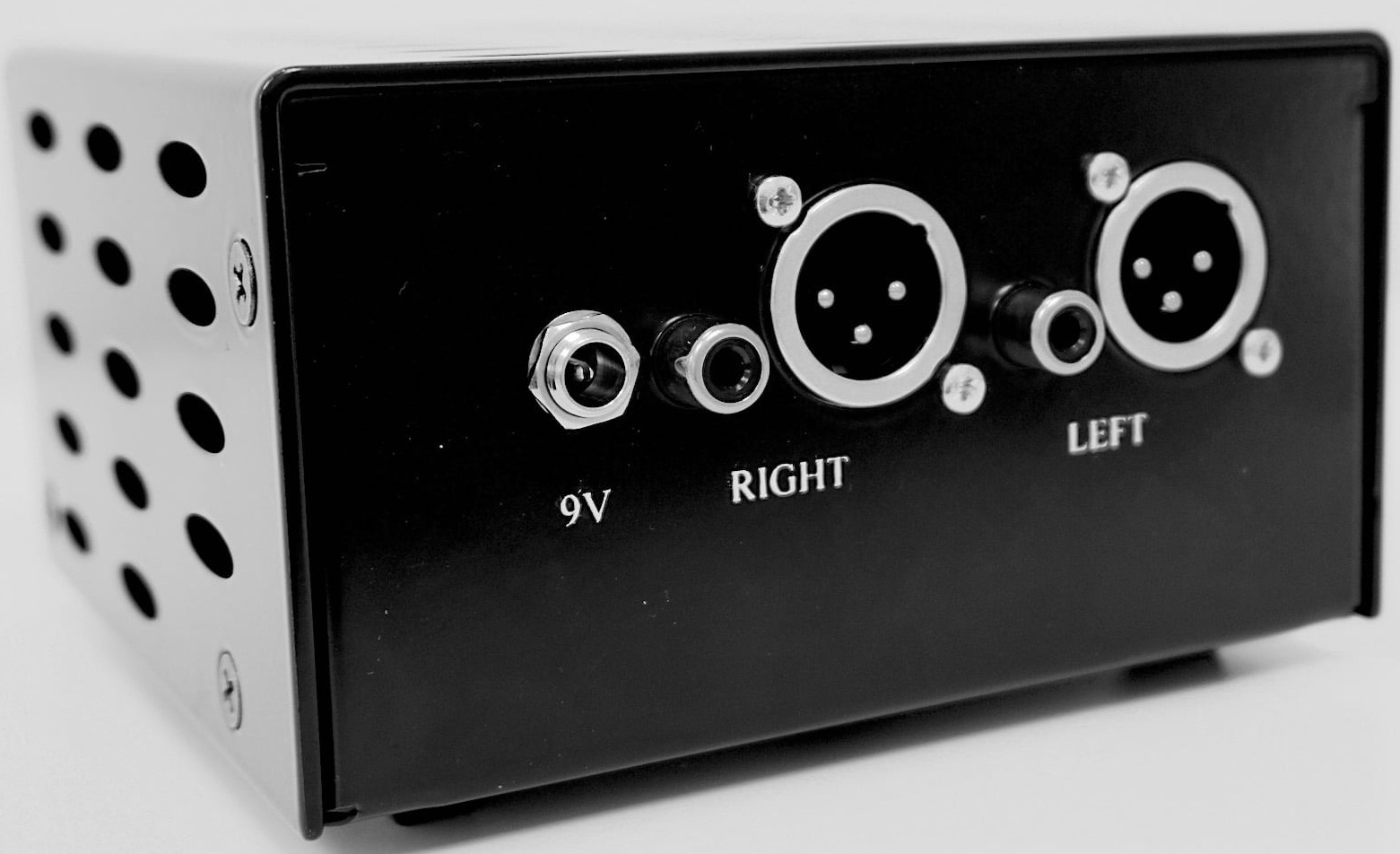
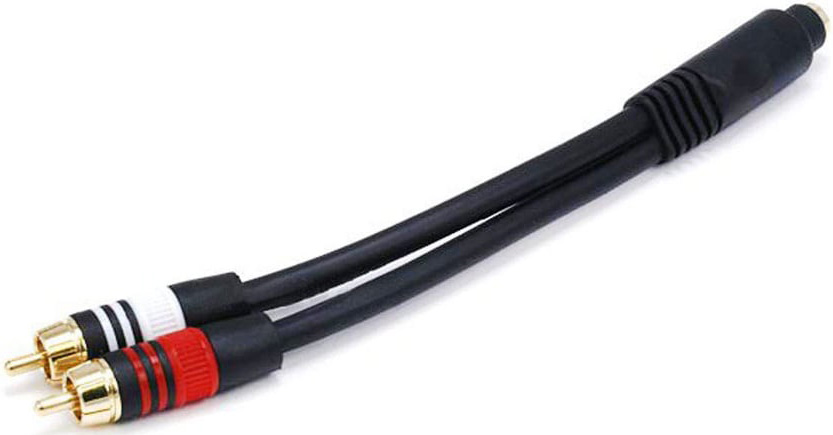
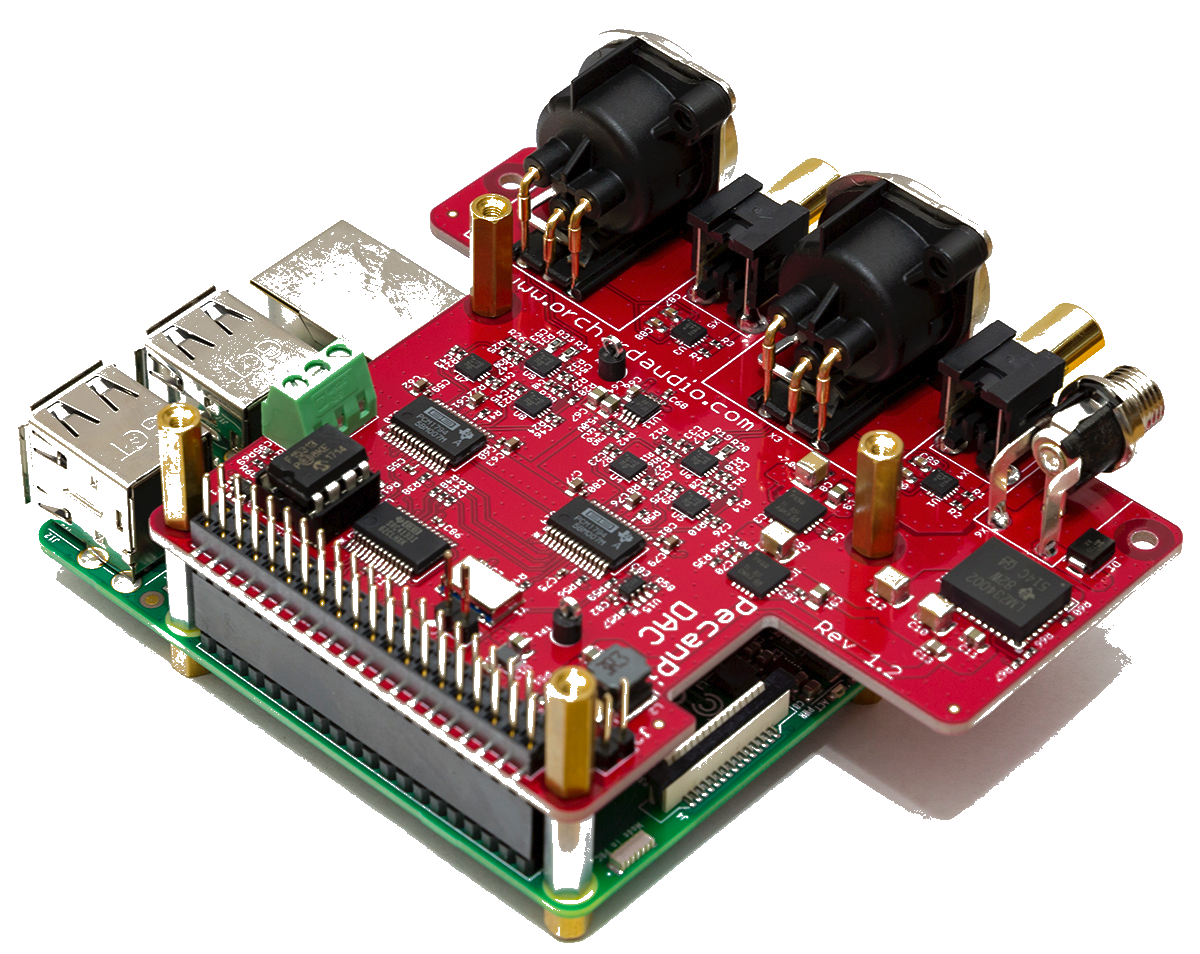

Another great review, David. Thanks for taking the time to share your experience with the PecanPi. I purchased one myself a few weeks ago and have been impressed with the sound…so much so, that it has replaced my venerable (in digital audio terms) iFi Audio micro iDAC2 + micro USB3.0 + Allo USBridge as the primary source in my system. While you said that the PecanPi is ideal as the source in a 2nd system, I think that depends on the composition of your first system. In my little 15.5 x 10.1 ft listening room, there’s not a single component with a retail price above $1k (at the time of purchase), so in such a system, the PecanPi is an ideal end-game digital source and, in my experience, very difficult to beat without exceeding this modest $1k limit.
I too found that the provided Wi-Fi to Ethernet bridge was noisy and degraded the sound substantially. We may have received parts from a bad batch of Ethernet bridges, but I’m now hardwired to an Ethernet switch…and I think anyone who’s prepared to spend at least 1/2 kilobuck on a streamer should be prepared to do the same. Your suggested solutions for those without wired Ethernet near their component racks should work okay, but I’d urge anyone who’s serious about digital audio to spend $200 or to have a proper Ethernet jack installed (if the landlord permits). It’s a good investment in sound.
I agree with you that the best use of the PecanPi is as a Roon output. In my case, I’ve re-flashed the microSD card with DietPi, which seems to lower CPU usage and operating temperature. It’s probably a worthwhile upgrade for those who are technically inclined. Note, this does not void the warranty. I did try driving my Wyred 4 Sound monoblocks directly from the balanced outputs of the PecanPi but ended up preferring the sound with an analog preamp in the loop. I sure wish I knew why that was since, in theory, a shorter signal path should be better.
This video is completely unhelpful at helping folks to understand how the PecanPi actually sounds, but some of your readers may enjoy seeing it in a system context, so I’ll share anyway: https://youtu.be/0dokemtzIWE
Anyone who’s looking for a way to dip a toe into a proper Roon installation without junking up their listening room with DIY looking contraptions should give the PecanPi serious consideration.